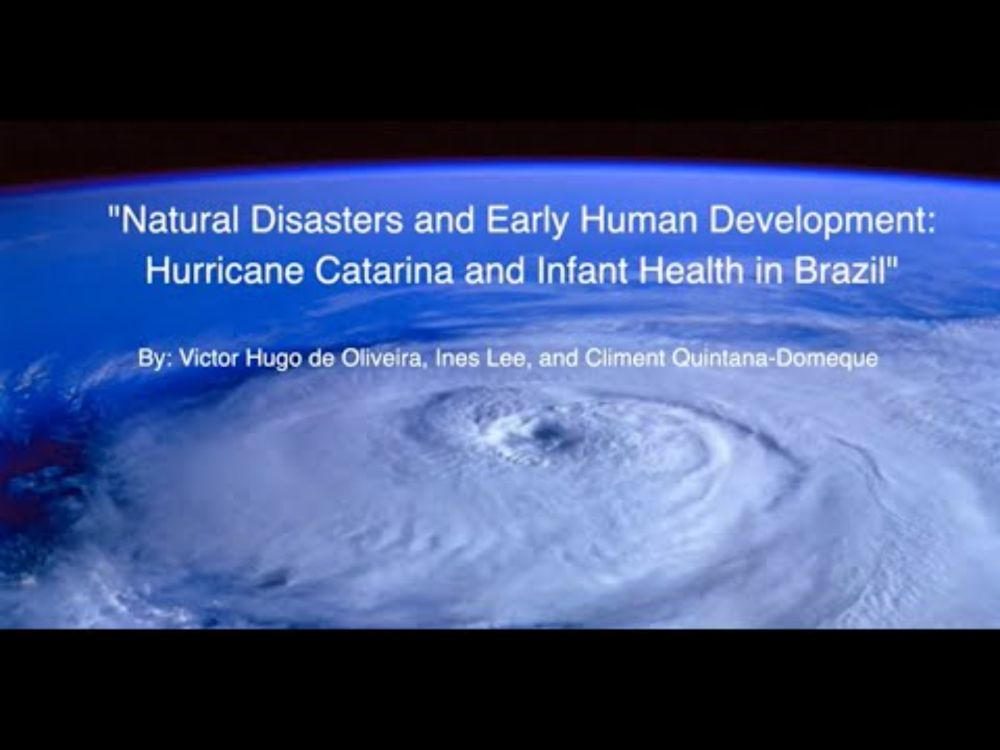The JHR
@j-humanresources.bsky.social
75 followers
36 following
67 posts
The Journal of Human Resources is a leading journal in empirical microeconomics, with a focus on policy-relevant research.
https://jhr.uwpress.org/
Posts
Media
Videos
Starter Packs
Reposted by The JHR
Reposted by The JHR
Reposted by The JHR
Umut Özek
@uozek.bsky.social
· Sep 5
Reposted by The JHR
Notre Dame Economics
@ndecon.bsky.social
· Aug 26
The Great Recession’s Baby-less Recovery: The Role of Unintended Births
U.S. fertility declined as expected during the Great Recession, but then continued to fall throughout the recovery period. This drop was more acute among young women and unmarried women, whose births ...
jhr.uwpress.org
The JHR
@j-humanresources.bsky.social
· Aug 22
The JHR
@j-humanresources.bsky.social
· Aug 22
The JHR
@j-humanresources.bsky.social
· Aug 22
The JHR
@j-humanresources.bsky.social
· Aug 22
The JHR
@j-humanresources.bsky.social
· Aug 22
The JHR
@j-humanresources.bsky.social
· Aug 22
The JHR
@j-humanresources.bsky.social
· Aug 20













